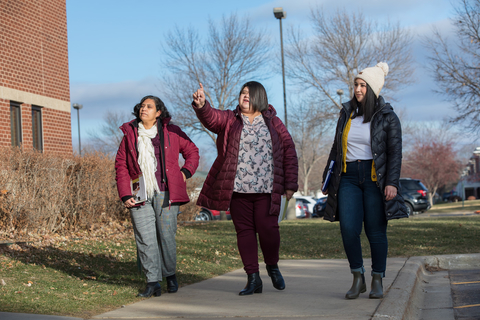As the state of Minnesota works toward anti-racism and equity, leadership practitioners have an opportunity to reflect on ways to increase inclusion and integrate multicultural approaches. Leadership is a diverse study with different theories and models, and it is naturally practiced differently depending upon cultural contexts.
For Communities of Color, leadership has a specific focus, responsibilities and characteristics. Understanding these styles and views of leadership expands our expertise and reach.
In Salsa, Soul, and Spirit, Juana Bordas notes that for Communities of Color “protecting and sustaining the ‘we’ is the heart of a leader’s responsibility.” Leadership is experienced as an inherent public responsibility to “protect and sustain the ‘we’.” This includes the preservation and honoring of cultural traditions and melding them into the ways we lead.
Read through the leadership styles below to learn more.
Leadership styles
A leader among equals
This approach to leadership centers on community cultivated leaders. The collective chooses leaders that were nurtured in community, demonstrate humble character, and inspire others. They demonstrate in their daily life the expectations they have for others. Leaders strive for the greater good and center the group as the authority, never seeing success as being their own but something they achieved because of their community.
Leaders as guardians of public values
Leadership is about bringing people together to address the systems, institutions and public values that affect their lives. A leader is like a “weaver of social and political unity” that makes sure to integrate the many critical issues that affect the communities they are a part of.
Leaders as community stewards
This approach focuses on leaders as being stewards that serve the collective, lead for the good of communities and cultivate leadership skills in others. There is an emphasis on uplifting others, collaborating and engaging in shared meaning-making.
To diversify our leadership and the reach of our engagement, it’s vital to orient ourselves in diverse leadership theories. As we work to further engage all communities of Minnesota and to grow our own leadership skills, consider the ways your current model of leadership may be pushing “we” focused communities out. Take the opportunity to integrate the ways others practice and recognize leadership.
Read more about multicultural leadership in Juana Bordas’ work, Salsa, Soul, and Spirit.


